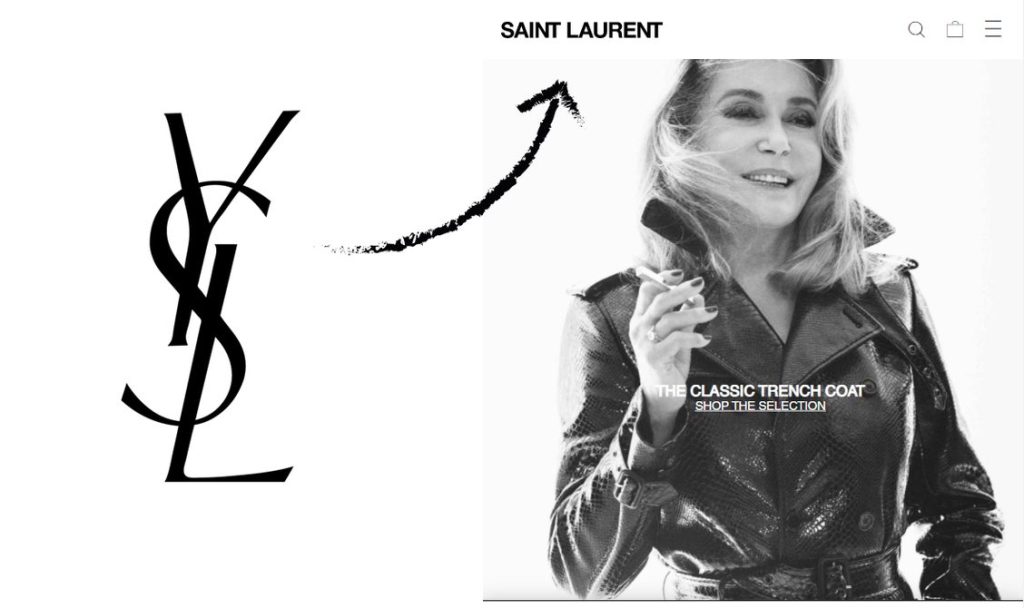5 important logo design trends we collected for you.
A special year has just ended and part of our lives has moved online. This fact is also reflected in the branding. Here are some logo trends that have marked the last period:
From an image point of view, it is no longer enough for a company to exist, it must be everywhere. In all possible environments. This means that the logo is redesigned to serve more communication media.
The anatomy of the logo has adapted to the small screen. One direction in which branding moved was towards minimalism. It was necessary that the icons that represented the brands were legible in the limited space of a few tens of square pixels. This also explains a preference for the typography logo.
The need for a fluid, versatile branding, adaptable to various environments and able to enter into various partnerships has led to the generation of several variants for the same logo, variants that work in various environments and situations, variants capable of surprising an audience that is getting bored faster and faster.

Following a logo trend that has been going on for several years now, more and more companies are introducing animation into their branding. This confirms the trends in social media where it is proven that the lowest engagement is the text-type posts, followed by the text+photo posts.
Dynamic image/video enjoys the highest audience/interaction from the audience.
An influence in this sense also comes from OTT media services and streaming companies, Netflix is the best example.
Brands associate themselves with social causes and undertake projects with an impact on the social life of consumers. Consumers pay attention to these details and there is a tendency that they are more inclined to buy the products of companies with whom they share the same ideals and who support common causes.
Not infrequently, private companies have either demonstrated that they can find more effective solutions to certain social problems than the authorities, or have supported socially involved NGOs. A local example is the "Donate Oxigen" campaign, a Prisum Romania initiative, which invites companies to donate a fraction of the cost of the products they sell to Agent Green, a non-governmental organization that actively fights to protect forests and reforest deforested areas.
The latest statistics show that 7 out of 10 hashtags on Instagram are "brand-aware". A wide category of consumers responds positively to the companies' request to introduce product names when photographed interacting with that product.
Thus, the message spreads among the followers of the respective consumer, but it can also be redistributed by the company that benefits from user-generated posts.
Most large companies, and not only that, are turning their attention to areas such as mobile applications, voice assistance, virtual reality, artificial intelligence, chatbot, augmented reality, biometric technologies, internet of things.
Development in these directions with the aim of increasing consumer involvement and loyalty leads implicitly to the rethinking of a company's image, the frequency with which rebranding increases, going in tandem with the progress of technology. We witness almost annual changes in the dynamics of the image of some brands.
See here a Beginner's Guide To User Experience if you want to improve your UX Design.